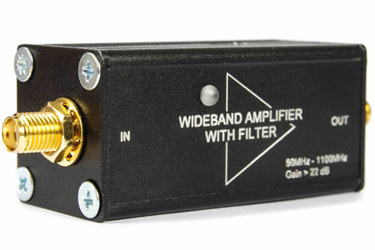Group Delay Engineering In RF Filters

Understanding wave propagation and its effects on harmonic signals is essential in RF filter design. When signals traverse different mediums, they experience phase shifts, which are often depicted in S-parameter or Bode plots. These shifts, influenced by frequency-dependent circuit behavior and material dispersion, lead to what is known as group delay. Group delay, the variation in phase shift over frequency, is a critical factor in filter performance, affecting signal integrity and introducing potential distortion or noise.
Designing RF filters, particularly in the challenging mid-range frequencies (1 to 10 GHz), requires careful consideration of multiple factors. These frequencies sit at the cusp where impedance matching becomes crucial, yet filters are plagued by parasitics—undesirable capacitances and inductances that affect performance. While high and low frequencies present their own challenges, mid-range frequencies necessitate a nuanced approach to component selection, trace layout, and parasitic management to achieve optimal group delay characteristics.
Within this article, we examine the intricacies of group delay in RF filters and the factors that influence it, such as component type, filter order, and layout considerations. We also provide you with a systems analysis approach to help you design RF filters that perform reliably within the mid-range frequency band. Utilizing advanced tools like SPICE simulations and 3D field solvers, we will demonstrate methods to engineer group delay and ensure signal integrity across your RF designs.
Get unlimited access to:
Enter your credentials below to log in. Not yet a member of RF Globalnet? Subscribe today.
